Quiet places. Somewhere that you may like to go. Somewhere I like to go.
But what is a quiet place? Of course, it may be a place physically devoid of sound, a vacuum of nothing. Such places are rare, and somewhat elusive.
No. To me, a quiet place has sound, but lacks noise.
A quiet place may be in the bush, with birdsong, a gentle rustle of the breeze in the treetops, a creek simply being a creek.
Perhaps it’s a gravel road in the country at that time where the mist is still there but the sun is gently encouraging it to retire for the morning.
It may be a place quiet in tone: the brown, the green, the grey, the yellow.
It may be artificially quiet. That special place; but now where the tones have been blackened, and the birdsong relocated until The Noise displaces them once again.
A quiet place will be different to us all. To me, quintessentially, it is a place where the noise of life, of stress, of work, of machines, of conflict – is gone, and my mind is quiet. That is my quiet place.
I hope you enjoy journeying to my quiet places.
Series 1: A cultural landscape on the takayna/the Tarkine coast
The roll of the waves. An unusual lull in the roaring forties. A group of oystercatchers, keeping an obligatory distance and squeaking their alarm.
A vast scatter of midden and stone tools revealed and hidden by the whim of the wind and shifting sands. Standing still and thinking. 50,000 years. My mind quietens.

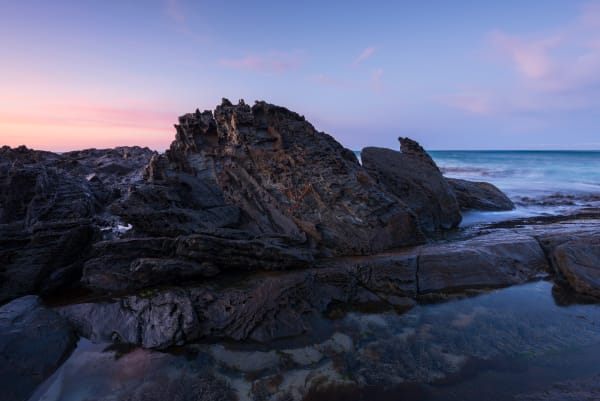
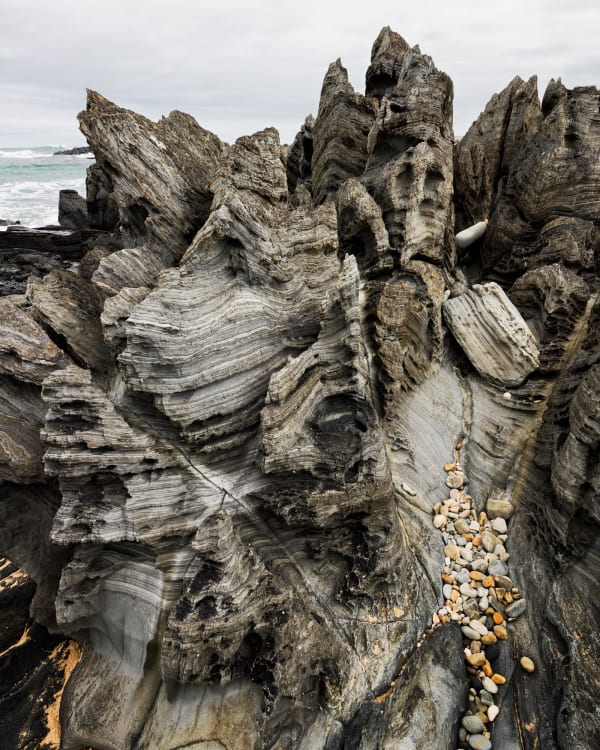
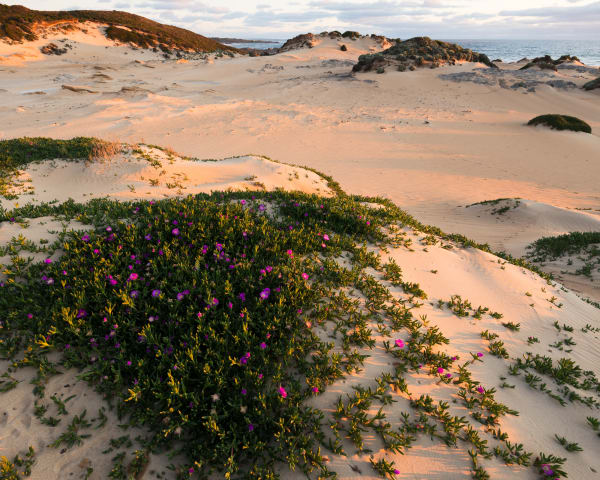

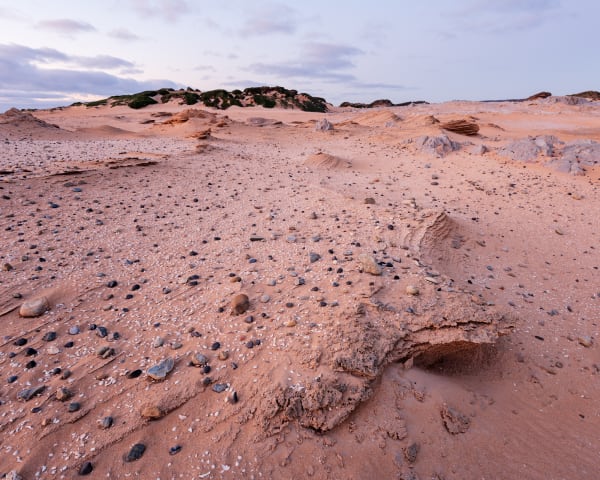
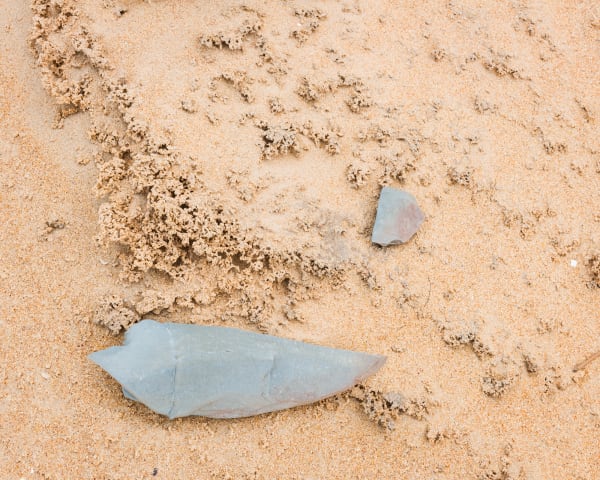
Nick Monk was born and raised in Tasmania. He was introduced to bushwalking at high school, and has been doing it ever since. Inspired by the beauty around him, and the wilderness photography of Tasmania’s great exponents of the craft, he bought his first camera in 2003. He has remained a passionate advocate for all aspects of the Tasmanian landscape ever since.








